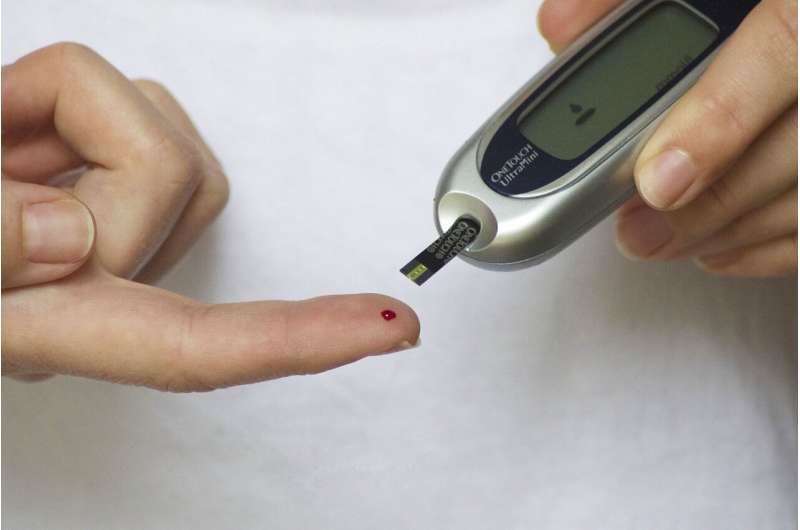Understanding the Differences Between Sperm and Semen: Can Pre-Ejaculate Lead to Pregnancy?

Learn about the key differences between sperm and semen, the role of pre-ejaculate, and how these factors influence male fertility and pregnancy risks.
Semen, sperm, pre-ejaculate, and related terms are commonly used when discussing male reproductive fluids, but they refer to distinct components with different roles. Semen is the fluid that is expelled during ejaculation, containing sperm cells and seminal fluids that serve to nourish and protect sperm on their journey. Sperm are microscopic male reproductive cells produced mainly in the testes, which begin producing sperm at puberty and continue throughout adult life. These cells are vital for fertilization when they meet an egg.
Semen, on the other hand, is the fluid mixture that carries sperm outside the body. It is composed primarily of fluids from the seminal vesicles and prostate gland, while sperm typically make up about 10% of its volume. The seminal vesicles produce a thick, energy-rich fluid that helps sperm survive, while the prostate adds a milky fluid that helps liquefy semen and contains zinc crucial for sperm health.
Following ejaculation, semen is deposited in the vagina, where sperm must travel roughly 15 centimeters to reach the fallopian tubes for fertilization. Fast-moving sperm can reach these tubes within about 30 minutes, swimming at speeds much faster than typical human swimmers.
Pre-ejaculate, also known as pre-cum, is a clear mucus produced by the bulbourethral glands to lubricate the urethra and neutralize acidity. While it is generally not thought to contain sperm, some studies have shown that pre-ejaculate can carry very low levels of sperm in some men, which means there remains a slight chance of pregnancy from pre-ejaculate.
Semen's appearance often hints at overall reproductive health, with usual characteristics being a clear or slightly gray, slightly alkaline fluid with a faint odor. Changes in color, smell, or consistency may indicate infections or health issues. Contraceptive methods such as vasectomy—which involves cutting the vas deferens—prevent sperm from being present in semen, making pregnancy unlikely.
Maintaining healthy sperm production is essential for fertility. Lifestyle factors like a balanced diet rich in antioxidants, regular exercise, maintaining a healthy weight, and avoiding smoking, excessive alcohol, and recreational drugs can support sperm health. Conversely, oxidative stress from environmental and physiological causes can impair sperm function and contribute to male infertility.
In summary, understanding the differences between sperm and semen is key for reproductive health. While semen is the vehicle that delivers sperm, each component plays a unique role in the complex process of human reproduction. Awareness of pre-ejaculate's potential to carry sperm is also important for understanding pregnancy risks, even outside of ejaculation.
Stay Updated with Mia's Feed
Get the latest health & wellness insights delivered straight to your inbox.
Related Articles
Evolving Methods for Gestational Diabetes Testing in Pregnant Women
Australia introduces updated guidelines for gestational diabetes screening, focusing on targeted testing to improve outcomes and reduce unnecessary interventions in pregnant women.
Revolutionary AI Tool Achieves 96% Accuracy in Assessing Fertilization-Competent Human Sperm
A novel AI model developed by the University of Hong Kong achieves over 96% accuracy in identifying human sperm capable of fertilization, promising to revolutionize fertility diagnostics and treatments worldwide.
FDA Approves First Treatment for Rare Mitochondrial Disease Barth Syndrome
The FDA has approved Forzinity, the first treatment for Barth syndrome, a rare mitochondrial disease, highlighting advances in therapy for this life-threatening condition.



